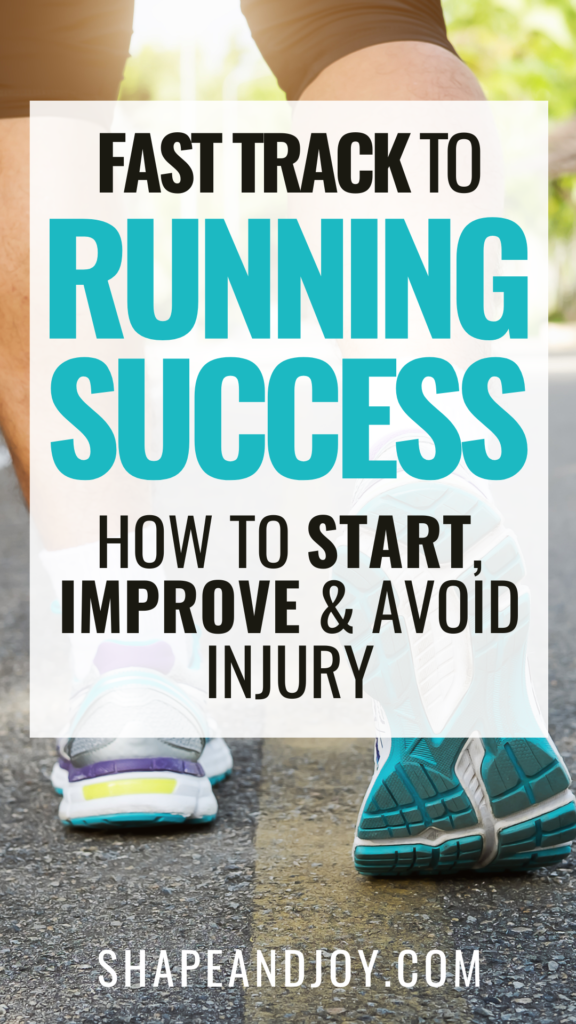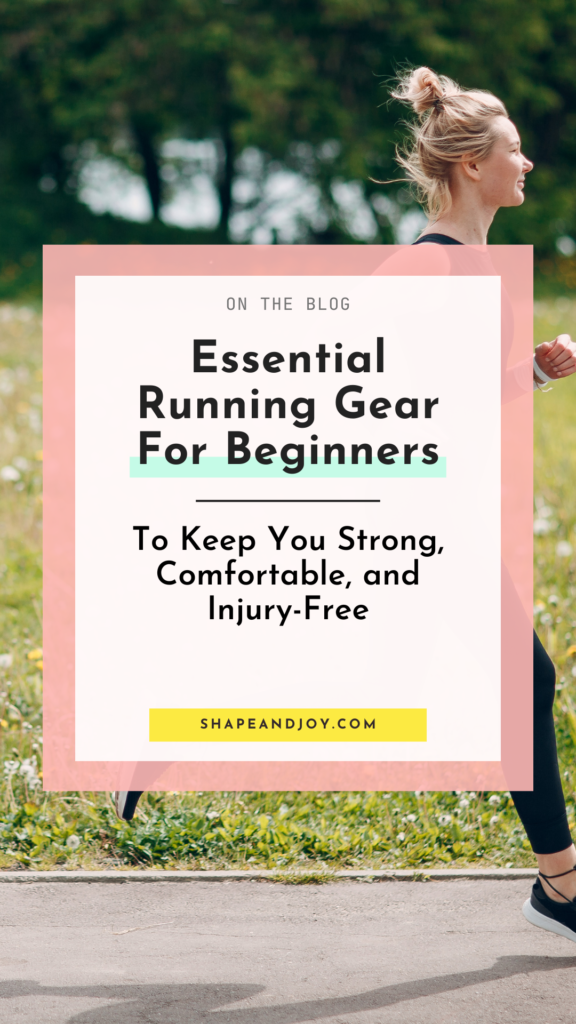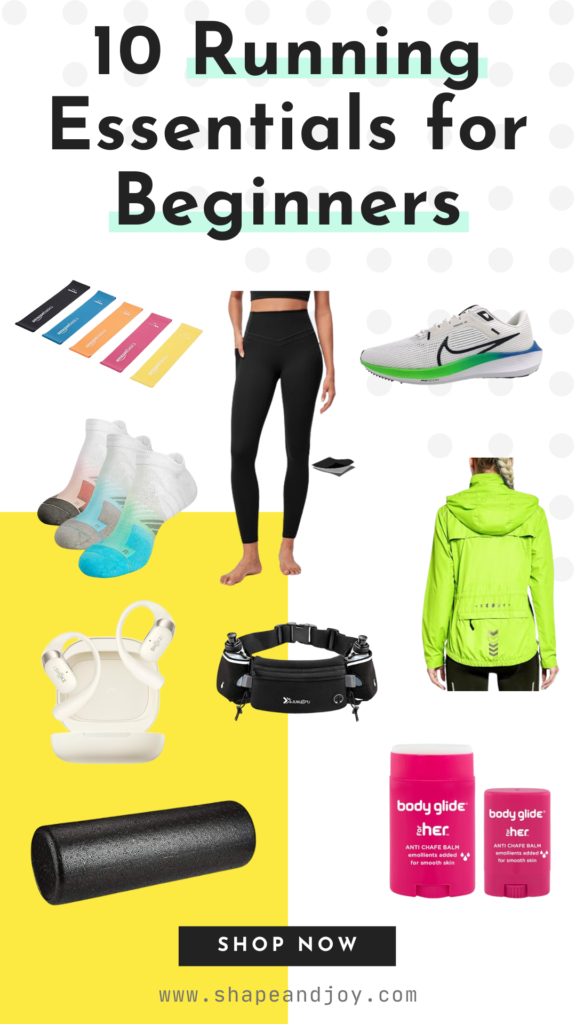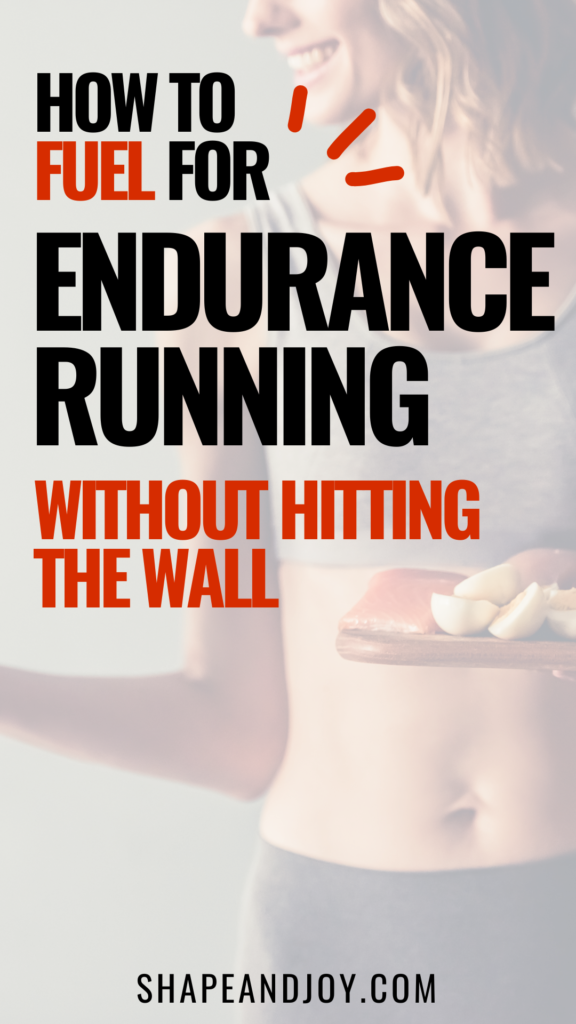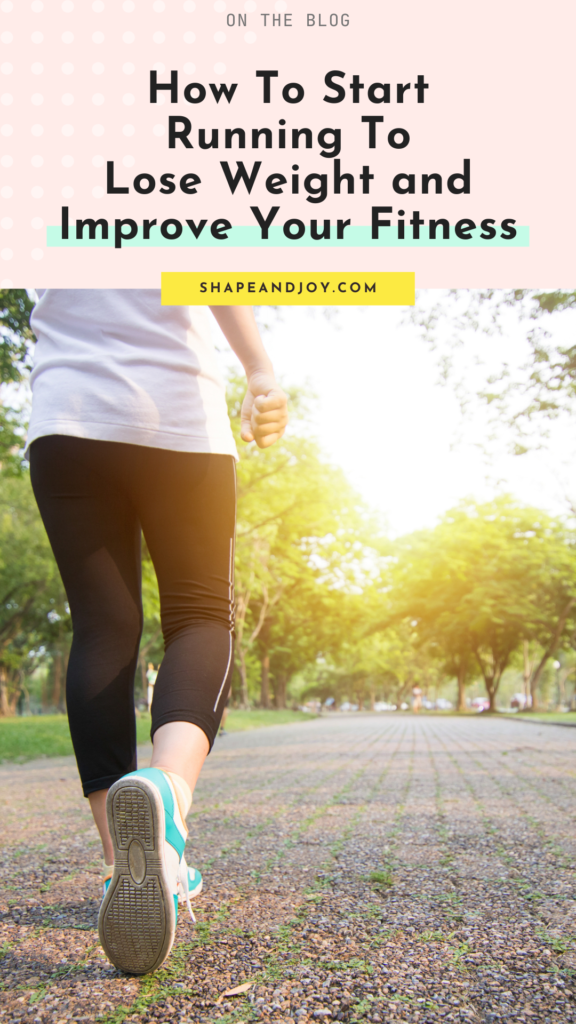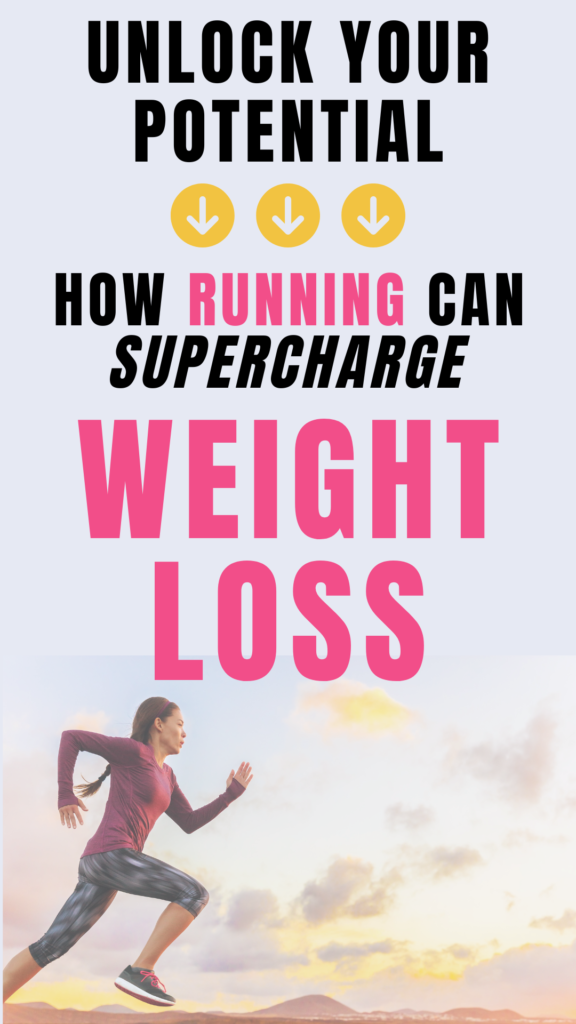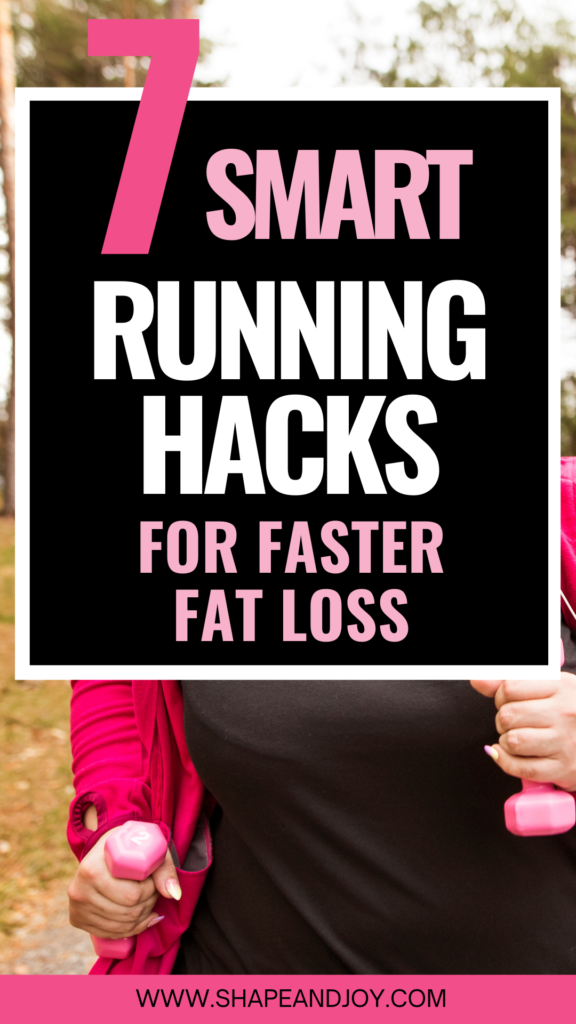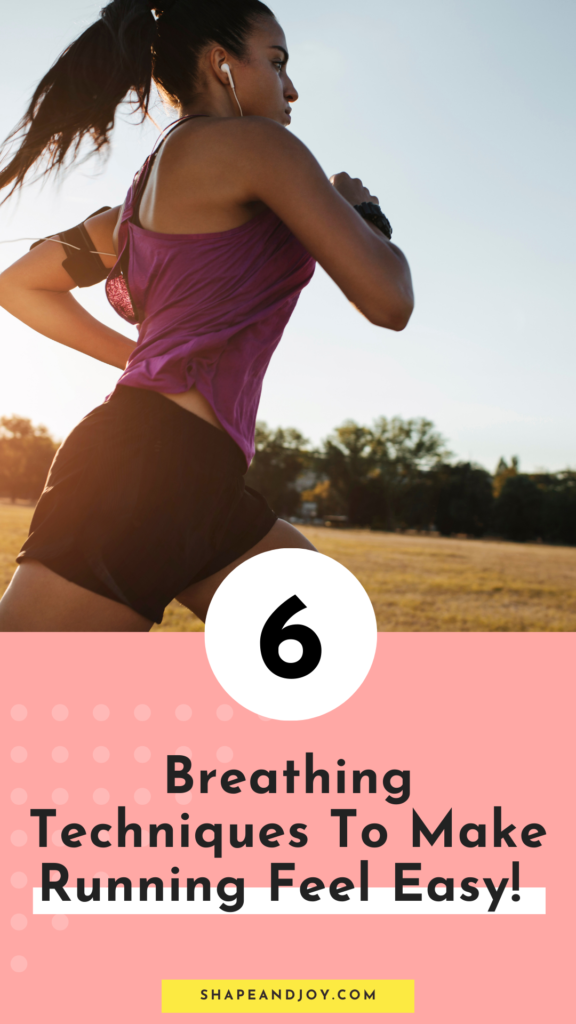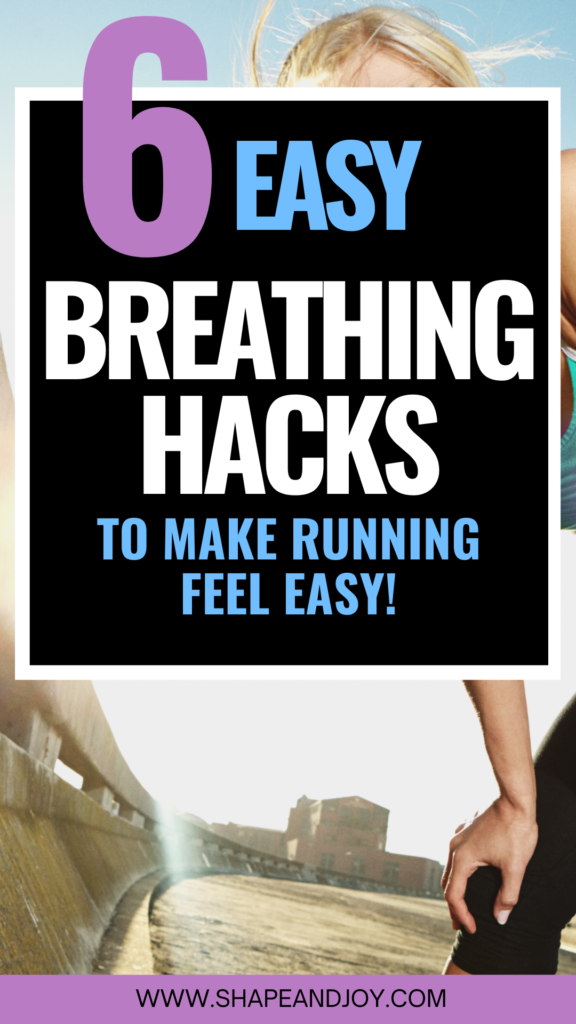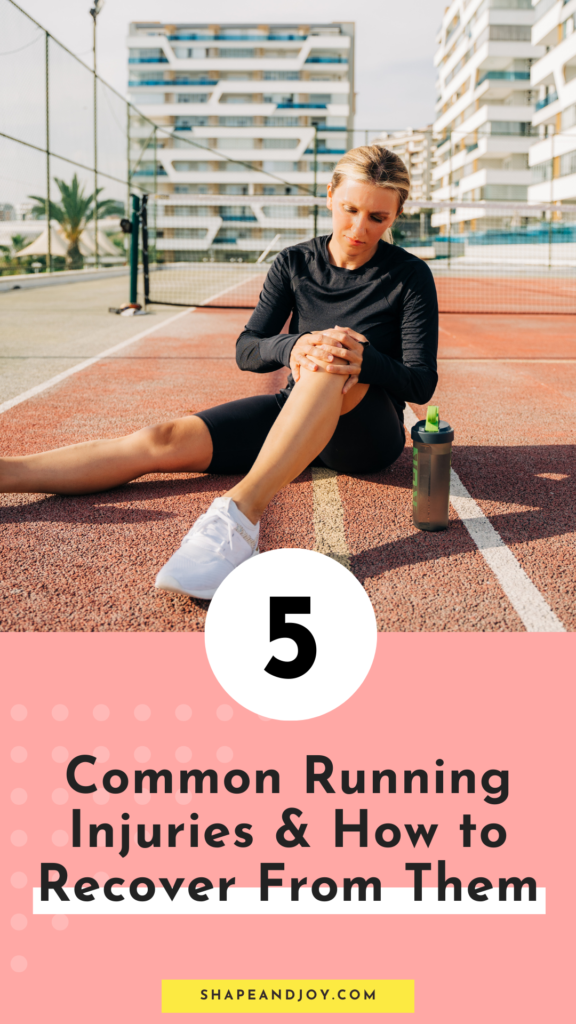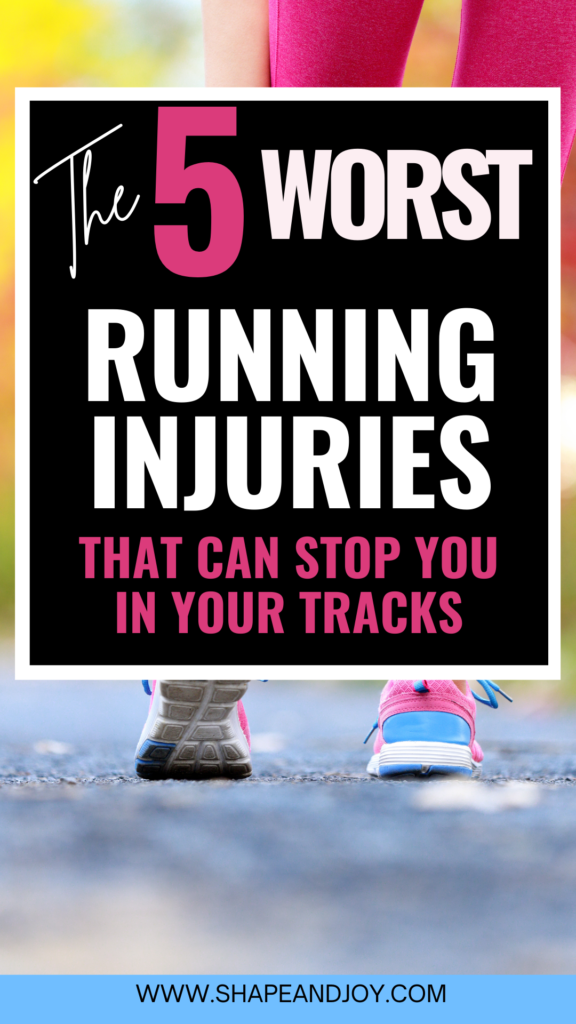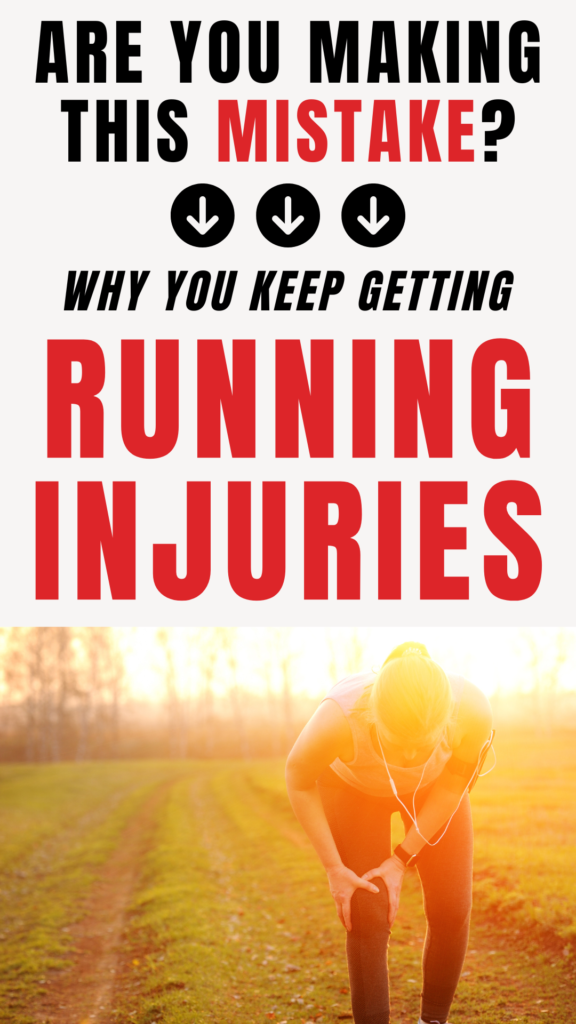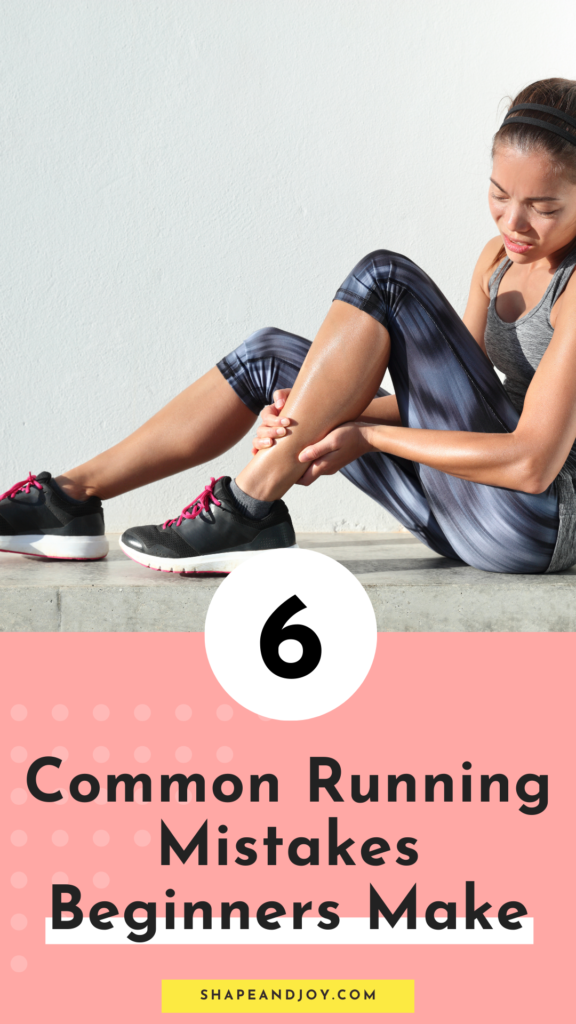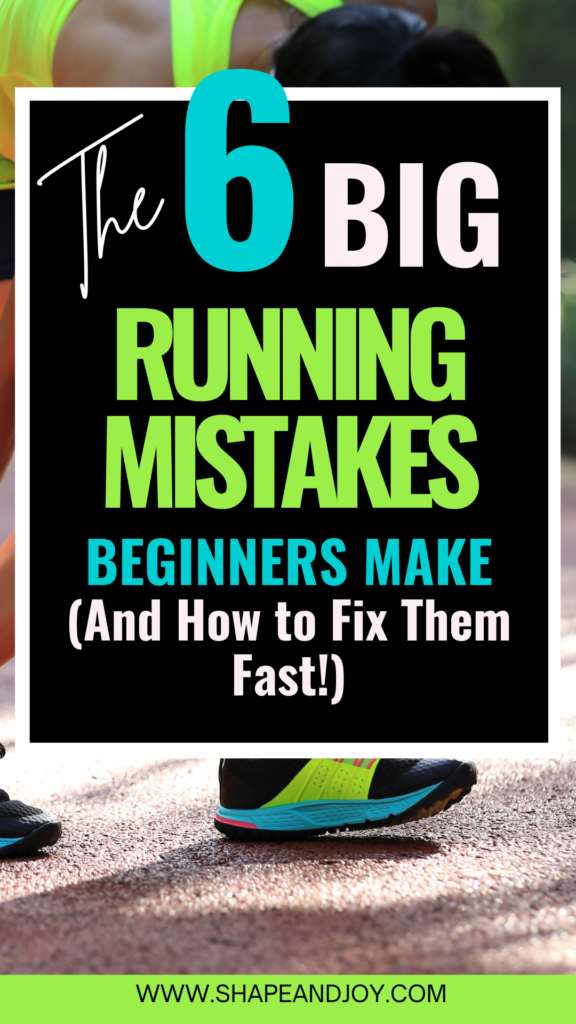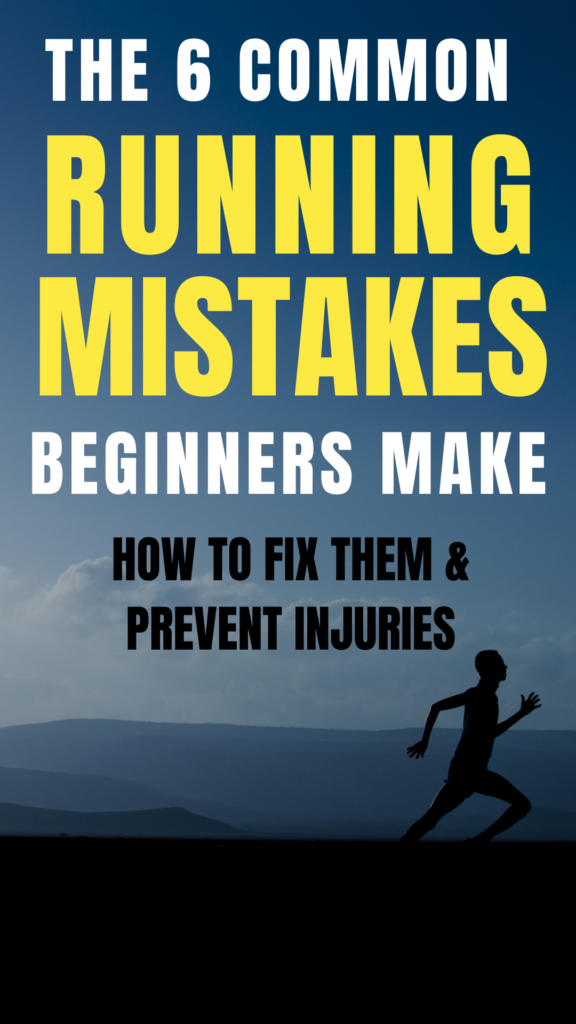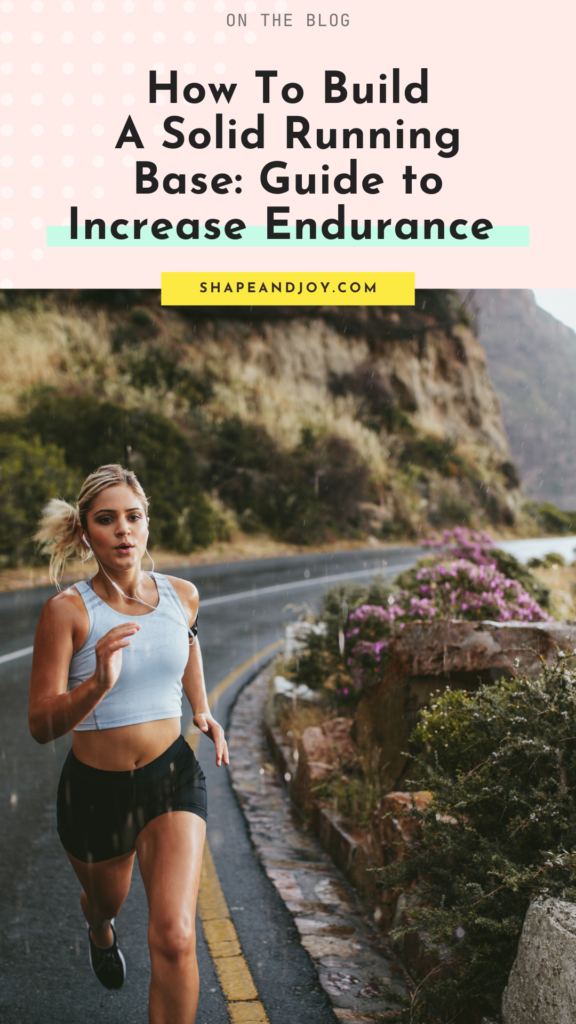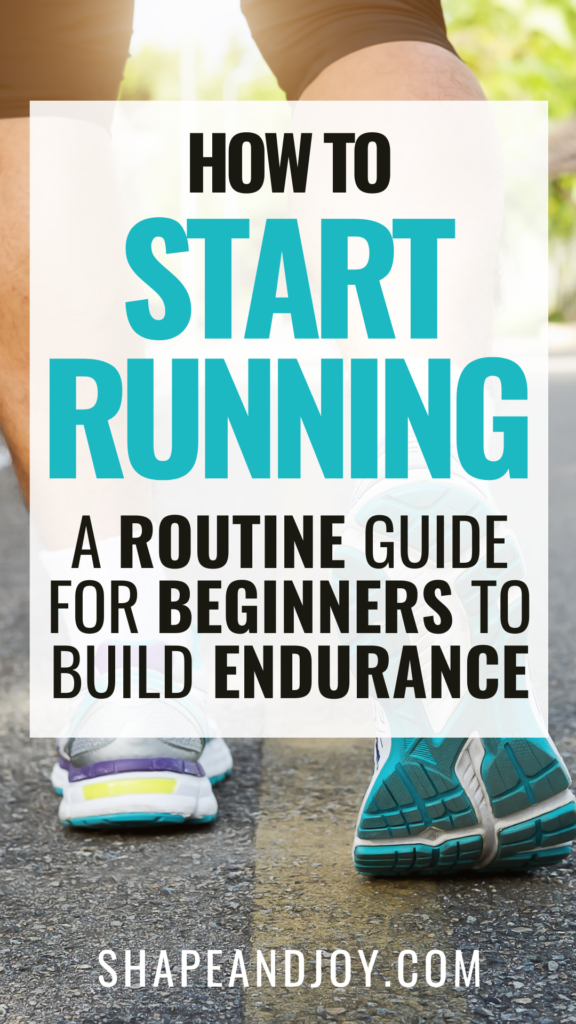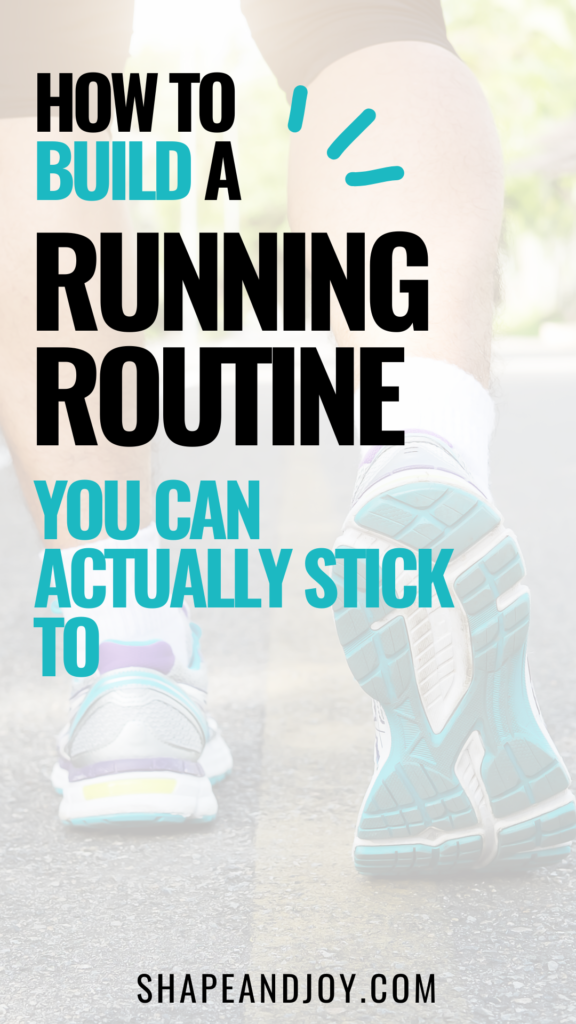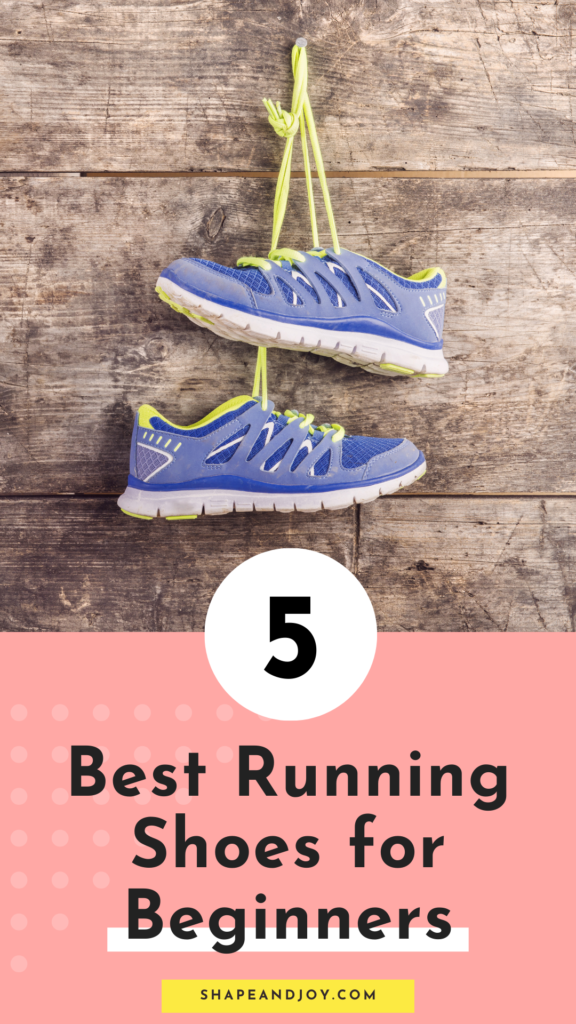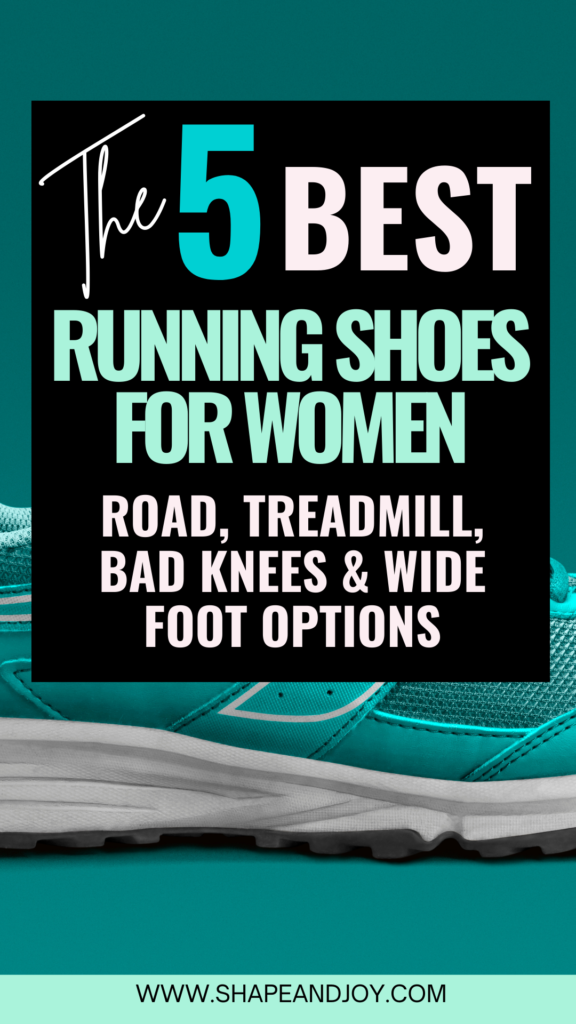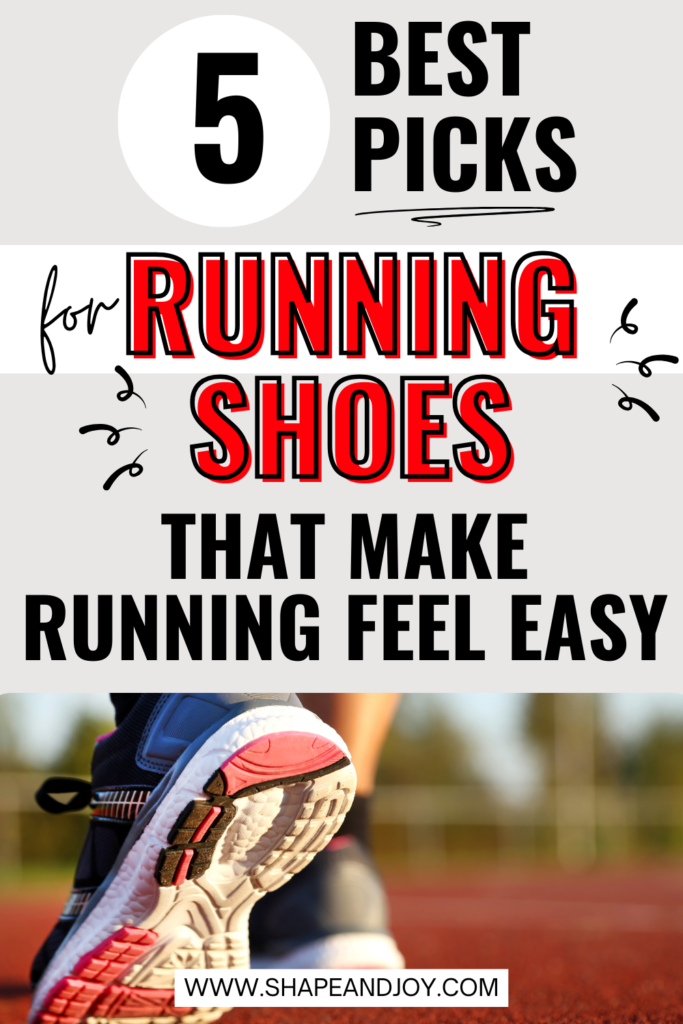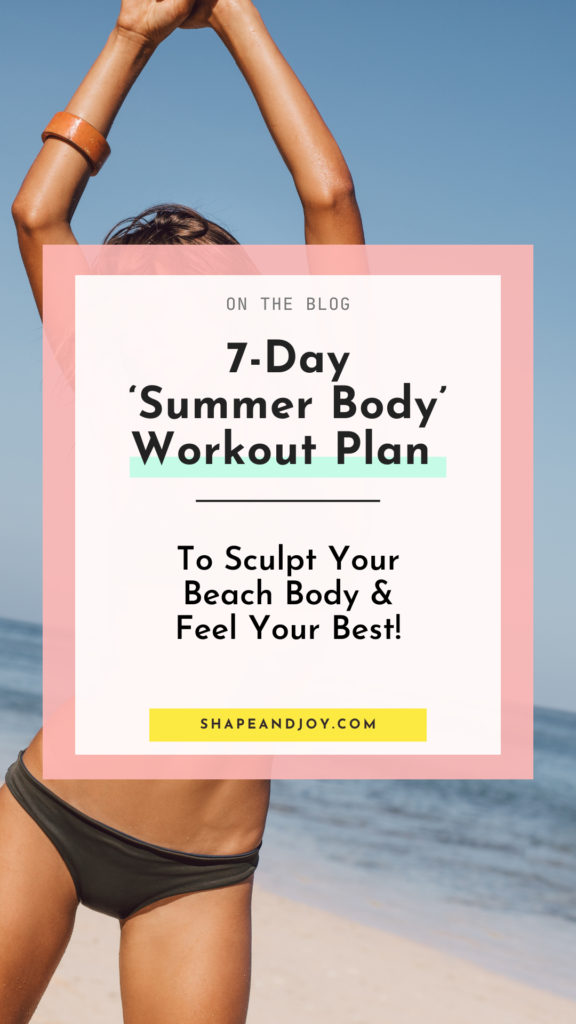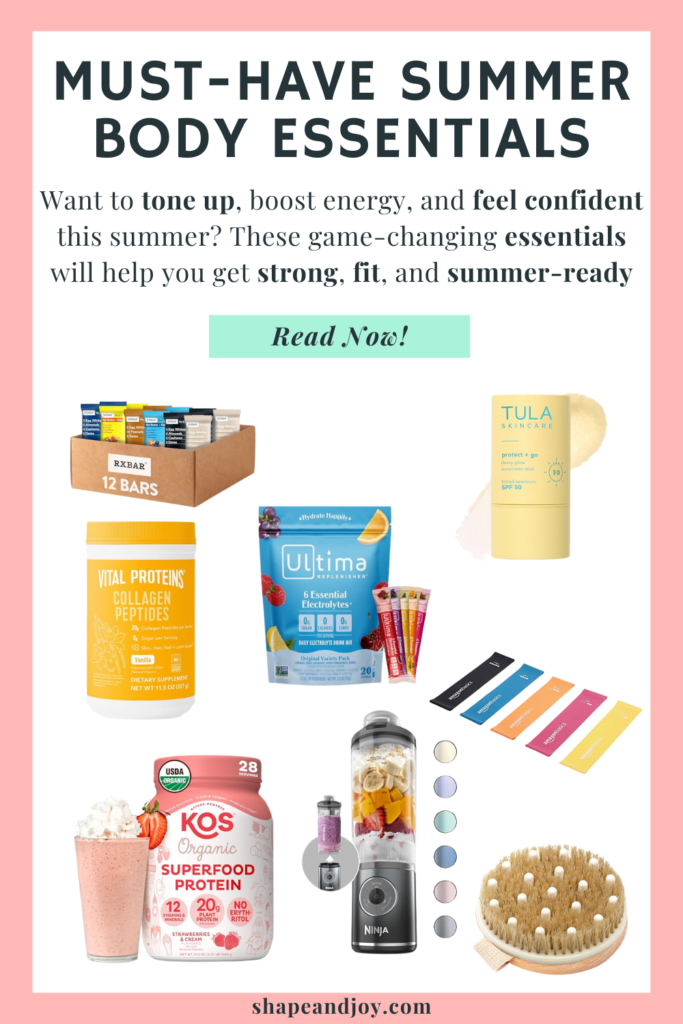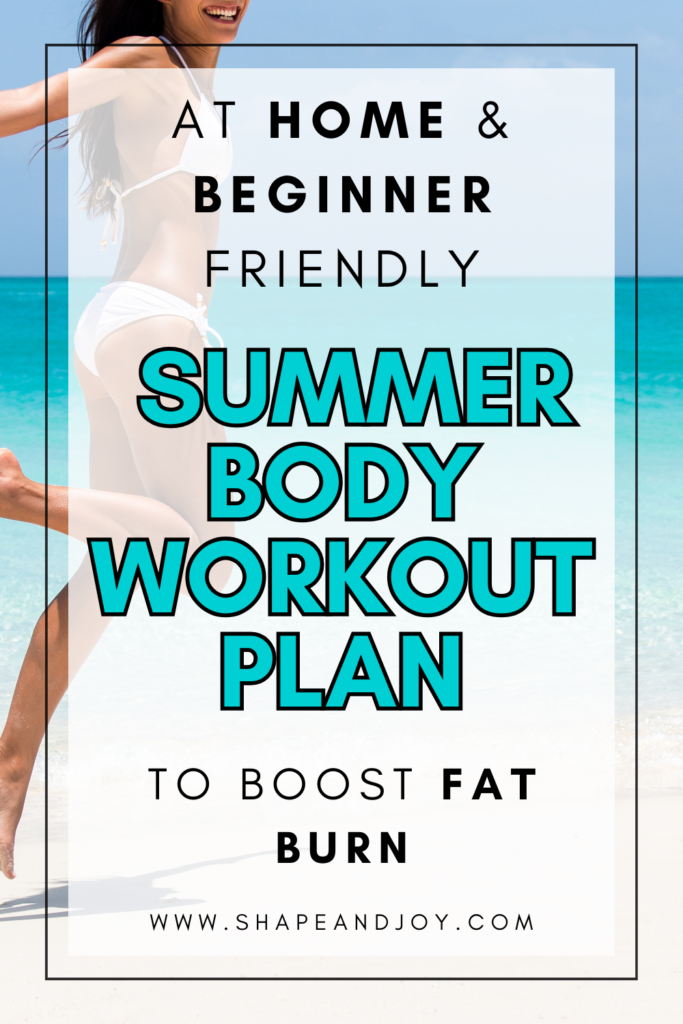The Ultimate Running Guide: Everything You Need to Start, Improve & Stay Injury-Free
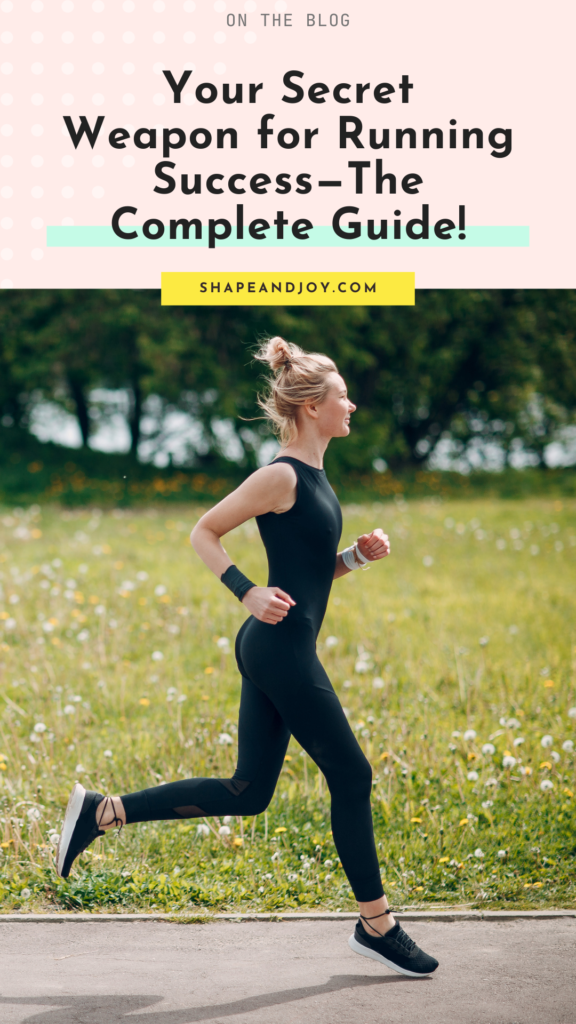
Running is one of the simplest, most effective, and cheapest ways to get fit—but let’s be real, it can also feel brutal when you’re just starting out. Maybe you’re worried about injuries, feeling out of breath, or simply not knowing what the hell you’re doing. Maybe you’re trying to lose weight, build endurance, or smash your first race but don’t know how to fuel properly or avoid burning out.
Good news—you don’t have to figure it all out on your own.
This ultimate running guide will walk you through everything you need to know—from getting started, avoiding rookie mistakes, fuelling right, building endurance, and even picking the best gear.
You’ve got this. And I’ve got you. So, let’s get you running stronger, smarter, and injury-free.
- Step 1: Getting Started—How to Run When You’re Overweight or a Complete Beginner
- Step 2: Building a Running Routine You’ll Actually Stick To
- Step 3: The Right Running Shoes—Because Your Knees Deserve Better
- Step 4: Avoiding the Biggest Running Mistakes (That Could Ruin Your Progress)
- Step 5: Breathing Like a Pro—How to Stop Feeling Like You’re Dying Mid-Run
- Step 6: Running for Weight Loss—How to Maximise Fat Burn
- Step 7: How to Prevent & Recover from Running Injuries
- Step 8: Fuelling Your Runs—What to Eat for Energy, Fat Loss & Endurance
- You’ve Got This—Now Go Run
Step 1: Getting Started—How to Run When You’re Overweight or a Complete Beginner
Feeling intimidated by running? Maybe you’re carrying a bit of extra weight, or maybe you just haven’t run since school (same). Either way, the most important thing to know is that running is for EVERYONE.
The key? Starting smart.
- Don’t sprint out the gate—build up slowly with a run-walk method.
- Wear the right shoes—trust me, your knees will thank you.
- Forget speed—slow is still running, and consistency beats pace every time.
If the idea of running still feels overwhelming, I’ve got a full guide to help you get started with confidence. Check out How to Run When Overweight: A Guide for Beginners for a step-by-step plan to ease into running without injuries or frustration.
Step 2: Building a Running Routine You’ll Actually Stick To
Let’s be honest—motivation comes and goes. Some days, you’re buzzing to hit the pavement; other days, the sofa wins. That’s why you need a running routine that becomes second nature.
- Set realistic goals—run three times a week, not seven.
- Plan your runs—pick a time, a route, and stick to it.
- Make it enjoyable—good playlists, scenic routes, and running buddies make a difference.
A structured running plan stops you from winging it, burning out, or giving up when it gets tough. Get your fool proof strategy in How to Build a Running Routine That You’ll Actually Stick To.
Step 3: The Right Running Shoes—Because Your Knees Deserve Better
If you buy one thing for running, make it a solid pair of running shoes. The wrong shoes = pain, injuries, and regret. The right shoes? They’ll make running feel smoother, keep your joints happy, and stop your feet from hating you.
But not all feet are the same—different running styles and foot types need different shoes. Whether you need extra cushioning, arch support, or a shoe that can handle both treadmill and pavement runs, I’ve got you covered.
Check out Best Running Shoes for Beginners for a full breakdown of the top running shoes to keep you comfortable, injury-free, and ready to crush your goals.
Step 4: Avoiding the Biggest Running Mistakes (That Could Ruin Your Progress)
Running is simple, but it’s also easy to mess up. One wrong move and you’re either gasping for air, limping home, or wondering why running feels like punishment.
- Going too fast, too soon? Slow. It. Down.
- Ignoring warm-ups? Enjoy your injuries.
- Running in bad shoes? Prepare for pain.
Avoid frustration, injuries, and rookie mistakes by learning what NOT to do. Read Common Running Mistakes Beginners Make (And How to Fix Them) before you lace up.
📌 Pin this for later! ⬇
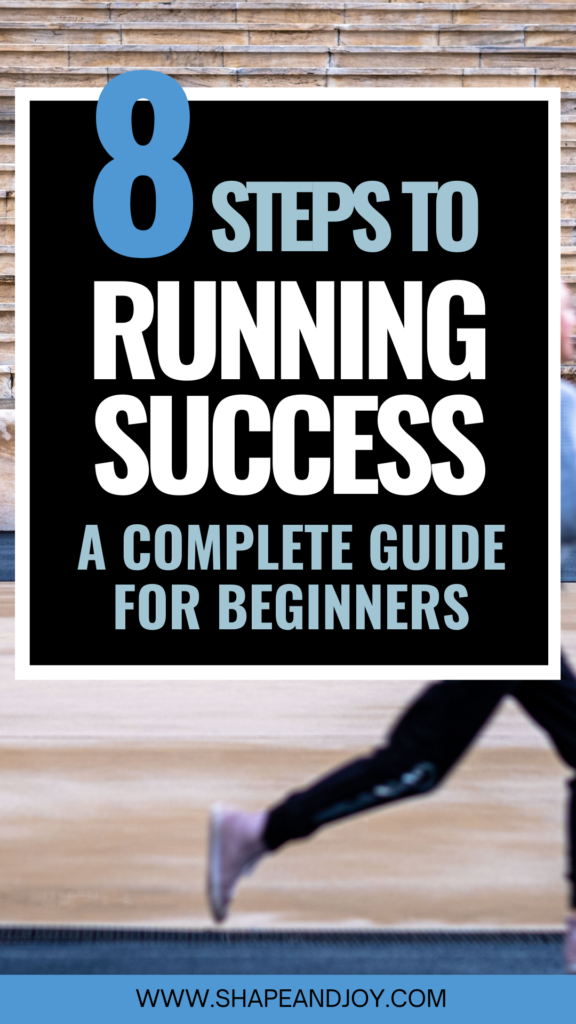
Step 5: Breathing Like a Pro—How to Stop Feeling Like You’re Dying Mid-Run
Ever started running and felt like your lungs were staging a rebellion? That’s not just you—it’s a common problem. But good news: breathing while running is a skill you can improve.
- Breathe from your belly, not your chest—this gets in more oxygen.
- Find a breathing rhythm—sync it with your steps.
- Use both your nose and mouth—maximise airflow.
Don’t let bad breathing slow you down. Get the full breakdown on breathing techniques that make running easier in Breathing Techniques for Running: How to Run Without Getting Winded.
Step 6: Running for Weight Loss—How to Maximise Fat Burn
Spoiler alert: Running alone won’t guarantee weight loss. You need to run smart, not just run more.
- Mix up your runs—intervals, tempo runs, and steady-state all have their place.
- Stay in a calorie deficit—but fuel properly so you don’t feel like a zombie.
- Strength train too—muscle helps burn more fat even at rest.
Want to make sure you’re running for maximum fat loss without wrecking your energy levels? Read Running for Weight Loss: How to Maximise Fat Burn.
Step 7: How to Prevent & Recover from Running Injuries
Nothing stops a running routine faster than pain, injuries, and overuse issues. If you don’t take care of your body, running will take you down faster than a pothole in the pavement.
- Wear the right shoes—because bad shoes = bad knees.
- Strengthen your muscles—stronger legs = less impact on your joints.
- Rest and recover—because pushing through pain leads to long-term damage.
Don’t wait until you’re sidelined to start thinking about injury prevention. Learn how to run pain-free in How to Prevent & Recover from Running Injuries.
Step 8: Fuelling Your Runs—What to Eat for Energy, Fat Loss & Endurance
If you’re running on empty, don’t expect to perform well. Whether you’re running for weight loss, endurance, or a race, the right nutrition will fuel your performance and speed up recovery.
- Fat loss? Stay in a small deficit, balance carbs, protein, and fats.
- Endurance? Fuel with slow-digesting carbs and prioritise hydration.
- Race training? Carb-load properly and never forget electrolytes.
Want to fuel like a pro and avoid mid-run crashes? Get the full guide in Running Nutrition: How to Fuel Your Runs Based on Your Goals.
You’ve Got This—Now Go Run
Running isn’t just about speed or distance. It’s about feeling strong, staying consistent, and proving to yourself that you can do hard things. And I hope this running guide can help you get there.
- Start slow and build up properly.
- Fuel your body with the right nutrition.
- Stay injury-free with smart training and recovery.
- Invest in quality gear that makes running easier.
You’ve got all the tools—now, go smash those running goals.
📌 Pin this for later! ⬇
